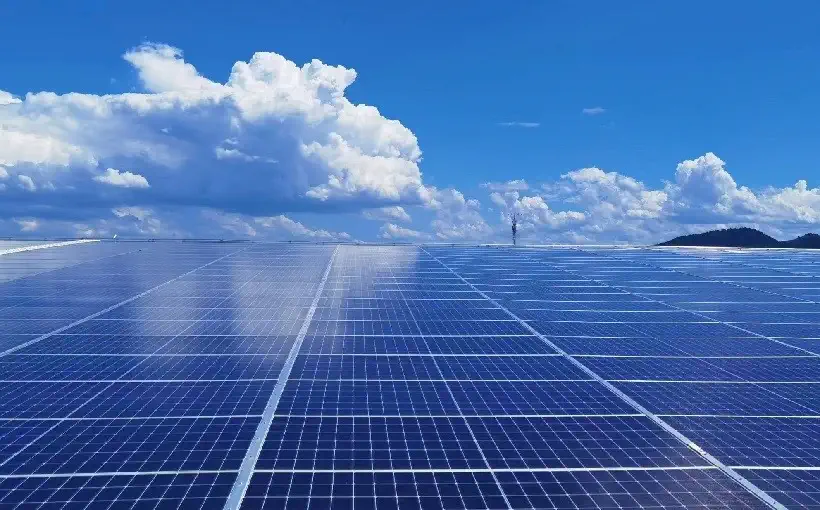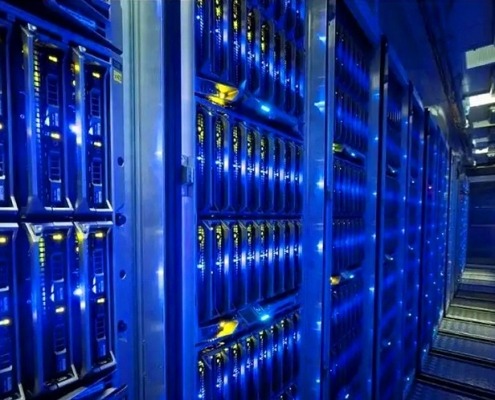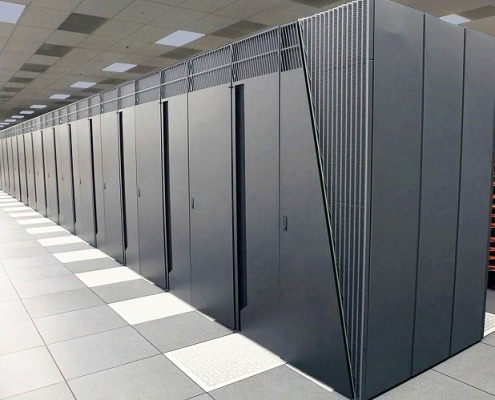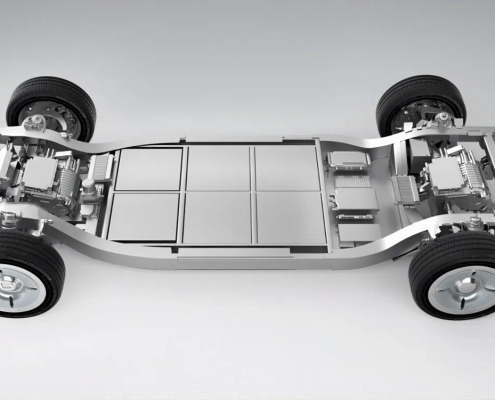Solar Energy 2024: Rivian’s Solar Investment
On May 22, leading electric vehicle manufacturer Rivian announced a deal with Pivot Energy to subscribe to 10MW of community solar energy 2024 for its Illinois manufacturing plant. Additionally, Rivian purchased a 50MW solar operation license to ensure greater solar energy production capacity for the company.
Earlier, in July last year, Rivian launched the Starfire Solar Project, aiming to build Kentucky’s largest solar power plant, with a capacity of 800MW.
The U.S. Department of Energy has been supporting American automakers in accelerating the shift to electric vehicles. Using solar energy 2024 for electricity production not only aligns with national policies but also saves up to 40% on electricity costs when paired with energy storage systems, providing a stable energy supply for manufacturing.
Solar energy will drive most of the growth in electricity production in the US this year. Recent data shows that solar installations in the U.S. have exceeded 5 million units. By the end of 2023, there will be about 84.33 million households in the U.S. This indicates a significant gap in solar equipment installations. Experts estimate that by 2030, the number of solar installations in the U.S. will double to 10 million units.
Not only are car companies investing more in solar energy, but American citizens are also racing to install solar power systems and home storage to reduce dependence on the grid and enhance energy independence.
The NEM 3.0 policy, effective April 15 last year, reduced the rates for excess solar energy sent to the grid by about 80% for California residents. To increase their return on investment, many are turning to home storage installations. Approximately 60% of Americans are installing home storage products alongside rooftop solar systems.
California’s Ambitious Solar Energy 2024 Goals
California plans to achieve 90% carbon-free electricity by 2035.
In 2023, the U.S. installed 8.7GW of energy storage, almost doubling from last year. Home storage installations exceeded 703MW, a 41% increase.
Besides the federal ITC subsidy, which provides a 30% tax credit for installing solar systems, California’s sunny climate, large population, and economic development make it the top state for solar installations.
Due to higher traditional energy costs compared to the national average and the NEM 3.0 policy, which reduced solar power credits by about 75% starting last April, combining solar power systems with home storage offers the best return on investment. This has become a major trend this year.
California’s solar energy capacity is expected to increase by 50% in the next five years, aiming to reach the 90% carbon-free electricity goal by 2035.
Conclusion
Rivian’s investment in solar energy 2024 is a testament to the growing importance of renewable energy in the U.S. Their efforts, along with national support and increasing consumer adoption, are propelling the country toward a cleaner, more sustainable future. With solar energy leading the way, the U.S. is well on its path to significantly boosting its electricity production in the US from renewable sources, ensuring a stable and eco-friendly power supply for years to come.






